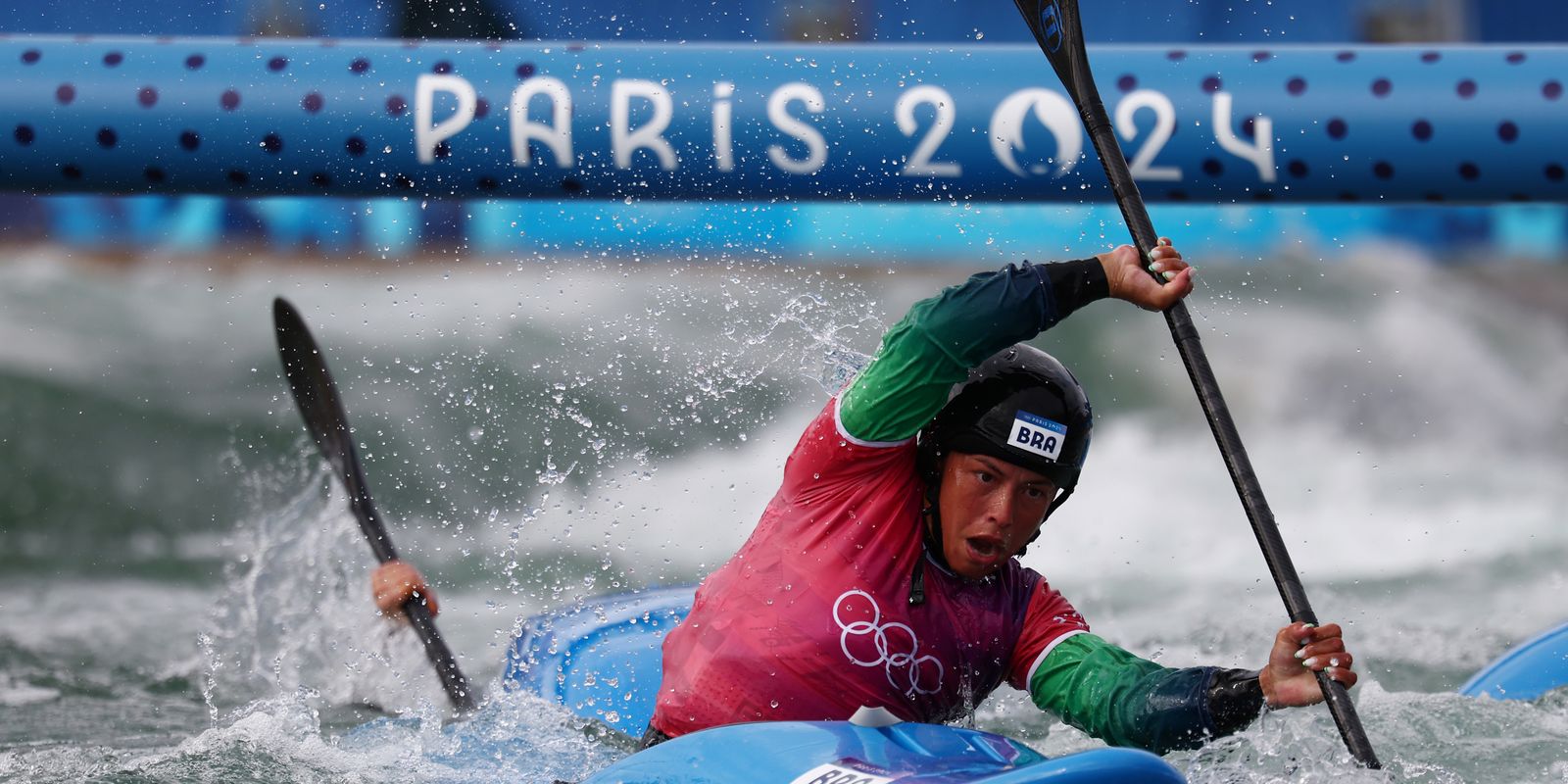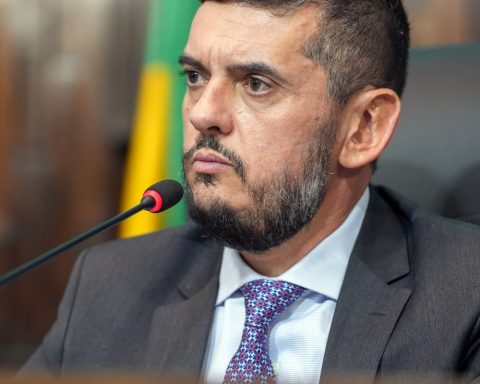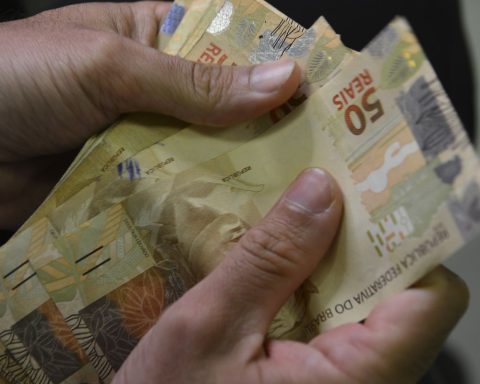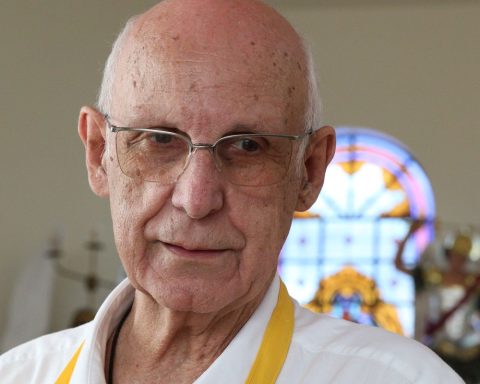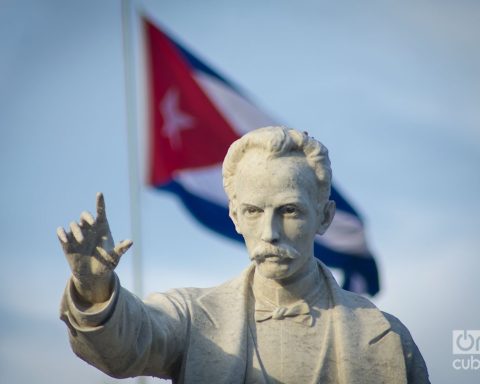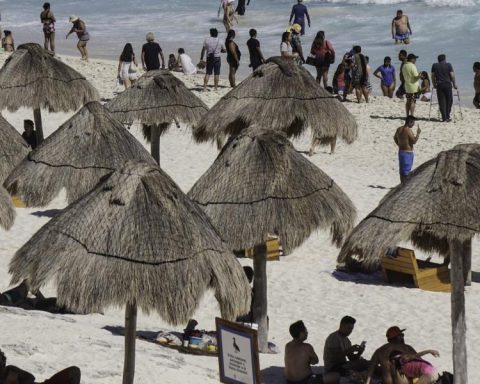Pedro Gonçalves, known as Pepê, and Ana Sátila Vargas have qualified for the round of 16 of the kayak cross. The event is one of the new additions to the Olympic canoe slalom program at the Paris Games.
The first round of the tournament was played this Saturday (3). The competitors were divided into groups of three athletes each. The two with the best times advanced to the round of 16. The last placed team would play in the repechage today.
Taking part in the second heat of the men’s competition, Pepê finished in second place. He advanced straight to the round of 16, despite having committed a foul at the start.
“I put myself in a calmer heat, with three athletes instead of four. I went all out, and prepared myself well with warm-up and everything else to be able to do well,” he said, in a statement to the Brazilian Canoe Confederation (CBCA).
Ana Sátila had more difficulties. In the first race of the day, she finished in third place and went to the repechage. Afterwards, Ana returned to the rapids to seek a place in the elimination phase and finished as the fastest in her heat, guaranteeing a place in the round of 16.
“Tomorrow I’ll be back in the game and now I’ll have to rest a lot. It was a very long day and I confess that I don’t really like Cross. For me, it’s very difficult mentally, but I’m going to do my best today and tomorrow to arrive in good shape with all the energy in the world and give my best in this competition,” said Ana, also in an interview with CBCA.
The kayak cross continues this Sunday (4), with the elimination phase. The men will start the descents at 10:30 am, Brasília time. There will be eight heats with four athletes each and the two best will advance to the quarterfinals. Pepê will participate in the third heat. The system is the same for the women’s competition, which will start at 11:45 am. Ana Sátila will be in the seventh heat.
The athlete from Minas Gerais is trying to win her first Olympic medal in canoe slalom. Cross-country is the third event in which Ana is competing at the Paris Games. She finished fourth in kayaking and fifth in women’s singles canoeing.
“I want to get involved and get a good result for my country, and in the future, improve even more in this category, which is new and very different. I usually say that it is practically another sport, because everything changes. The goal is to adapt well to this modality that will continue in the Games, and in which we have a good chance of fighting for a medal,” added the canoeist.
Pepê Gonçalves is trying to improve his results in this Olympics. He failed to advance to the finals in either the kayak or the men’s individual canoe.
“Radical” version of canoe slalom
This is the first time that kayak cross has been contested at the Olympic Games. In the event, athletes start together in the rapids. They must pass through the green gates, following the direction of the current, and through the red gates, going against the direction of the current. In a specific section of the circuit, competitors must perform a kayak roll, a 360º rotation. Just like in a race, the first person to reach the finish line wins. Unlike traditional canoe slalom, during the cross event, athletes are allowed to touch the gates, as long as they pass through all of them. If they do not pass through, they are disqualified.
